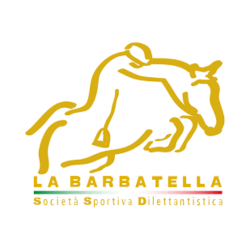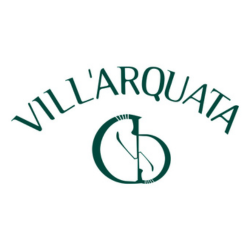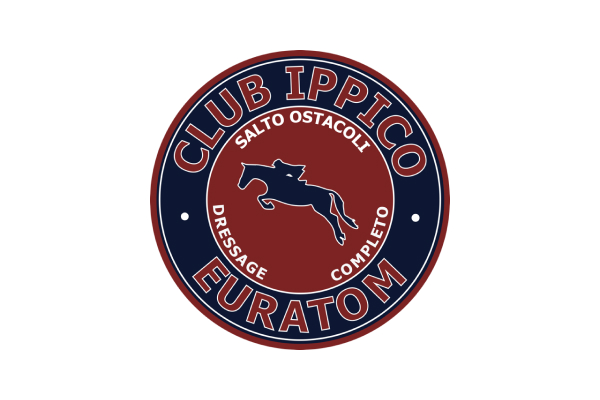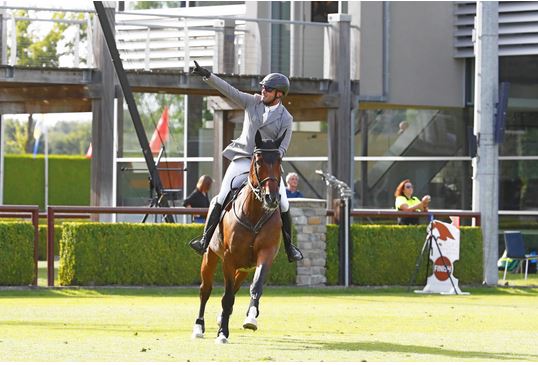
Equestrian Art: the work of Renoir.
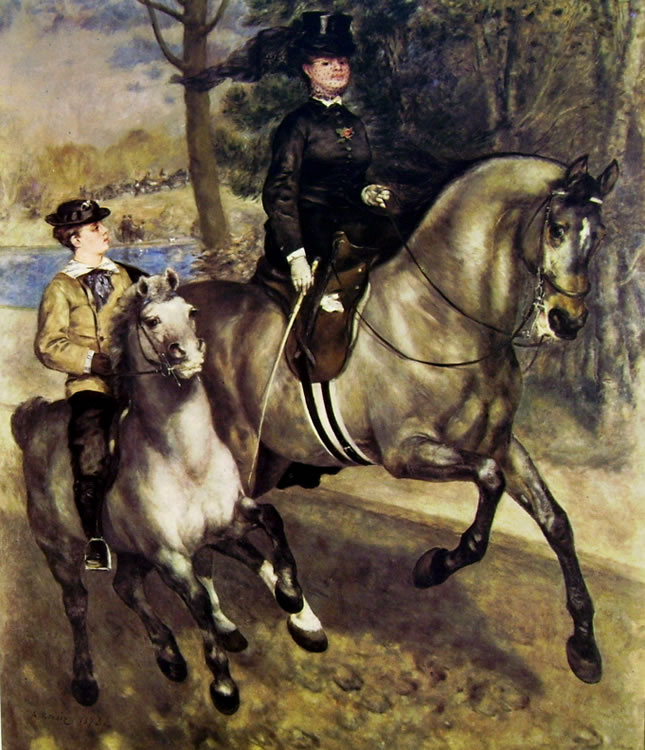
Cavalieri al Bois de Boulogne (Riders in the Bois de Boulogne) is a painting produced by one of the leading figures of the French artistic movement Impressionism, Pierre Auguste Renoir, who learnt his trade at the Ecole des Beaux Arts where he was considered to be somewhat of an undisciplined pupil. Renoir would later get to know the likes of Claude Monet, Bazille and Sisley, who are united by their same artistic tastes.
Renoir was an admirer of beauty and felt the fundamental need to follow the philosophy of getting down on canvas everything that he saw and all that is alive. Everything that lives is beautiful and all that is beautiful deserves to be painted and his painting therefore had what he saw as the duty to express the joy of life and all the beauty that surrounds it.
Up until that period however, the tradition was linked to working indoors, inside a studio, even when it came to painting a landscape. But Renoir, a rebel by nature, along with his artist friends, began to experiment in the spring of 1864 with the “en plein air“ method. His first attempt was in the Fontainebleau forest and it led the way to others following suit as well as the creation of the artistic movement known as Impressionism.
Amongst other works, the oil painting Cavalieri al Bois de Boulogne is now kept at the Kunsthalle in Hamburg but interestingly it is not one of the Frenchman’s best known pieces. The painting meanwhile depicts two figures on horseback, one an adult and one a child, both composed and almost ‘plastic’ in pose. The works of Renoir are characterised by volumes of color, inspired by the realism of Courbet and Manet, as he like them uses the colour black to bring out the shading of the landscape and above all the horses to which Renoir pays great attention.
The painting was carried out in the Ballroom of the aux Invalides military school, taking example from Mrs Darras and Joseph Le Coeur and was intended to be displayed at the 1873 Salon but it was excluded from the list. To make a living then he had to rely on portraits, a move that saw him produce world famous works such as “Le moulin de la gallette“ in 1876, and it was during those years that he produced some of his best pieces of art. Cavalieri al Bois de Boulogne therefore marked a turning point for the artist, but it would later receive recognition and praise when it was eventually displayed in Salon des Refusès.





